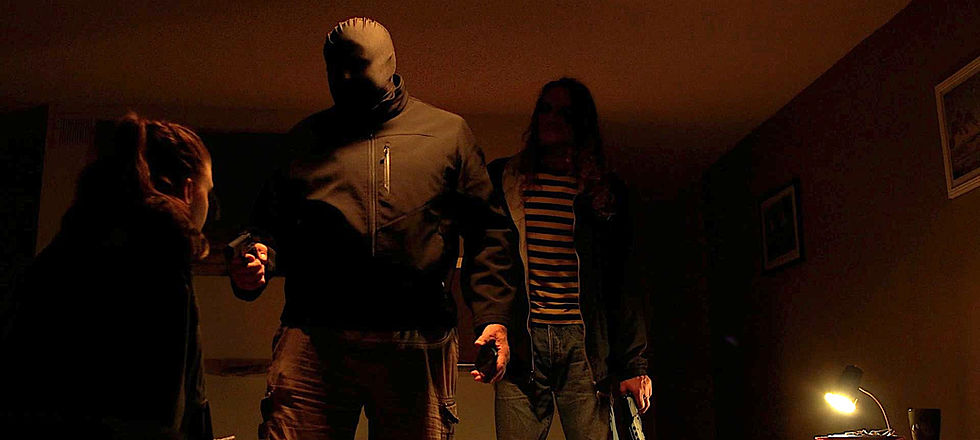- Valentina aka Papaya_Horror
- 3 days ago
- 2 min read
PROTANOPIA
A Genuinely Fascinating Horror Flick of Arthouse Suburban Toxicity.

“Protanopia” is an arthouse cinematic experience of just 74-minute visual mind-bender that thrives on its own offbeat rhythm.
It begins with a deceptively simple premise: A woman named Janice (Paula Mahler) has gone missing, and the new neighbourhood vigilant, Alan Roscoe Jr. (Timothy J. Cox), who’s recently inherited his father’s property, becomes plagued by stroboscopic visions.
But something inside those walls festers—and Alan’s obsession with the house grows increasingly unhinged.

That synopsis barely hints at the descent awaiting you. From the opening Leviticus quote to the film’s oppressive stillness, Protanopia announces itself as something far removed from your standard indie horror—closer to a cinematic kaleidoscope of torment.
This is suburban horror refracted through a fever dream—a critique of suburban masculinity rotting under the weight of inherited guilt and patriarchal decay.
The toxic neighbourhoods here aren’t just cul-de-sacs and lawns; they’re mental landscapes, soaked in resentment, paranoia, and spiritual mildew.

Despite its low budget, “Protanopia” punches far above its weight. Matthew Mahler’s direction pulses with dread; the fractured editing, haunting compositions, and sound design feel less like filmcraft and more like possession.
The atmosphere is deliberately claustrophobic, and the cinematography captures unease with unnerving precision. Visual effects are used sparingly but effectively, while the lensing conjures a world that feels slightly off-centre—as though we’re seeing suburbia through a cracked mirror.
Stylistically, the film embraces its fever-dream identity—leaning into gothic melodrama and cryptic, eerie voiceovers.

Think David Lynch meets early Dario Argento at a church basement screening. And yes, there’s a hell of a lot of flashing lights—strobing visuals that blur the line between subliminal messaging and sensory assault.
Colour theory plays a major role in the storytelling. Entire scenes are drenched in reds, greens, purples, and blues—each hue signalling a shift in tone or emotional breakdown.
The title “Protanopia” (a form of colour blindness) isn’t just a clever reference; it’s the key to the film’s language of perception. When red dominates the frame, something monstrous is stirring. When blues and purples take over, Alan is slipping further from reality.

“Protanopia” may not terrify in the traditional sense, but it mesmerises. It’s an abstract, surreal exploration of isolation and madness—part familiar nightmare, part hallucinatory art experiment.
It lingers long after the credits, not because of what you saw, but because of what you think you saw.
A feverish glimpse into the decay of suburbia and the delusions that fester behind manicured lawns, “Protanopia” is a haunting and singular vision—a genuinely fascinating horror film.









Comments